High on a hill overlooking the City of Easton is the serene, picturesque, and endlessly fascinating Easton Cemetery. The cemetery occupies a point of land created by a bend in the Bushkill Creek that, at the time of the cemetery’s establishment in 1849, was on the edge of a rapidly growing industrial community in desperate need of both parkland and sanitary burial options. The historic core of the burial ground, 48 acres assembled in two parcels during the 19th century, was listed in the National Register of Historic Places in 1990 for its significance in landscape architecture and art. Continue reading
Category: Landscape Conservation (Page 2 of 3)
By Jill Hall and Karen Marshall
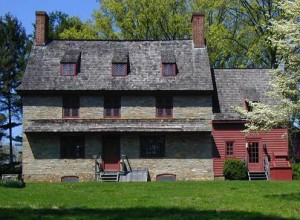
Brinton 1704 House and the surrounding lands were the location of core combat actions in the final phase of the Battle, Chadds Ford, Delaware County
On September 11, 1777, British General William Howe and his professional army engaged General George Washington and his citizen soldiers along the banks of the Brandywine River about 30 miles southwest of Philadelphia. Part of a larger strategy known as the Philadelphia Campaign, the Battle of Brandywine was one of the earliest and largest battles of the American Revolution, encompassing some 30,000 British and American soldiers. The Battle lasted from sunup to sundown, instantly changing the character of a quiet farming community that consisted predominately of Quakers. Although the Battle of Brandywine was a loss for the Americans, they proved that they had the resiliency to withstand the British, increasing French support of the American cause. Continue reading
Farm-City Week was a national initiative begun in the 1950s to recognize the interdependence between rural and urban people, emphasizing the linked economies of agriculture and the industries that produced the machinery and products used by farmers to grow food and get it onto urban tables. Today many counties across Pennsylvania still host events observing Farm-City Week to bring attention to the mutual concerns of agricultural and urban communities. Continue reading
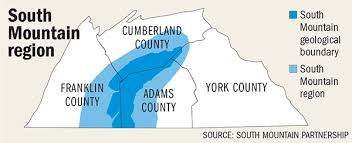
Historic Preservation Opportunities Found Through Collaborative Management
What should you do for something you enjoy having in your life –a favorite building, deli, museum, music collection, antique, pet, or person? You ensure its survival by providing healthy surroundings. What if your labor to support and protect what you hold dear is eased by others who feel the same? Many hands make light work. What if that shared labor meant coordinating over fifty organizations composed of non-profits, businesses, and local, state, and federal partners? Things would get a bit complex. This is both the opportunity and the challenge of collaboratively managing – involving multiple stakeholder groups along with conventional managers, researchers, and specialists – in managing historic resources. Continue reading
by Mike Piaskowski, Pennsylvania Dept. of Conservation and Natural Resources
As Pennsylvanians, we are beyond fortunate to live in a place rich with heritage. Our ridges, valleys, plateaus and waterways lured natives and settlers alike to bountiful opportunities and un-imaginable challenges. Continue reading
By. Dr. Sally McMurry
The term “gray literature” well conveys the level of visibility for much work done at agencies like the Pennsylvania Historic Preservation Office. Historic Structures Reports, National Register nominations, exhibits, and drawings may have limited long-term public exposure even though they are often based on high-quality research and analysis. The Vernacular Architecture Forum (VAF) has recognized that these efforts often make exemplary contributions to our understanding of the built environment, and the organization honors such work through the Paul E. Buchanan Award. VAF spokesman Michael Chiarappa has characterized the award as a “testament to VAF’s commitment to civic engagement and the idea that broad participation in the study and understanding of vernacular landscapes provides an indispensible social good.” We are proud to announce that the Pennsylvania Agricultural History Project is the 2013 winner. Continue reading

Preserving the Oley Valley Rural Historic District in Pennsylvania
by Brenda Barrett
Editor’s Note: This post was originally published in the Living Landscape Observer and appears here with the permission of the author and founder of that publication, Brenda Barrett. We appreciate Brenda’s contributions and reporting on this subject.
Even in a state famous for its agricultural landscapes, the Oley Valley in southeast Pennsylvania is an exceptional place. Located in a in a bowl-shaped valley flanked by the forested hills of the Reading Prong and underlain by limestone, the region is drained by two small creeks, the Manataway and the smaller Monocacy. English Quakers, French Huguenots, and Palatine farmers from Switzerland and Germany settled in the valley as early as 1725 in search of religious freedom and good farmland. They found both, producing an 18th-century pattern of farmsteads, fields, and villages that has marked the landscape ever since. Continue reading
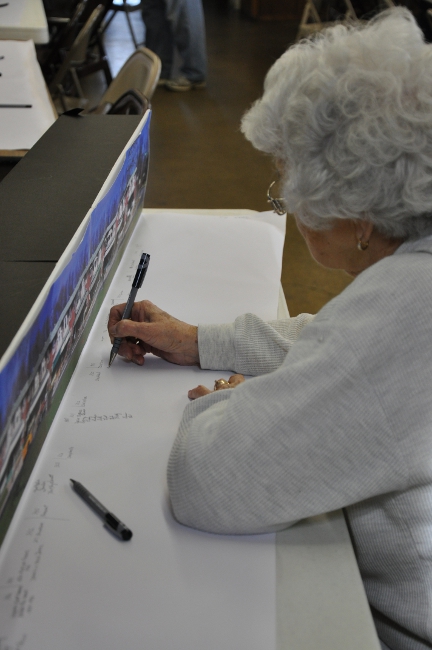
The Potential of Cultural Landscapes
Peirce Lewis, an American geographer and emeritus professor at the Pennsylvania State University, may have best described the concept of cultural landscapes; “The human landscape is our unwitting autobiography, reflecting our tastes, our values, our aspirations, and even our fears in tangible, visible form.” Land shows both individual and collective beliefs in a physical manifestation. Most of us can physically see what we do to our land. However, stories associated with the “how” and the “why” we do these things are part of the cultural landscape because they support associated trends, events, and individuals. This is important to state, and restate, because we forget about the depth of information caught-up in the unseen value system that drives the building of communities and use of resources. Continue reading

Conservation Landscape Initiatives: A Growing Opportunity for Preservation Partnerships
The Conservation Landscape Initiatives (CLI) were established by the Department of Conservation and Natural Resources (DCNR) as an integrated approach to strategically investing the agency’s time and funding to protect, conserve, and enhance some of the state’s most important landscapes. Instead of working exclusively within the state park and forest boundaries or supporting a municipal park or trail, DCNR has developed partnerships with a variety of counties, communities, and nonprofit organizations as a way to effectively foster local conservation efforts in the seven multi-county CLI regions. Continue reading
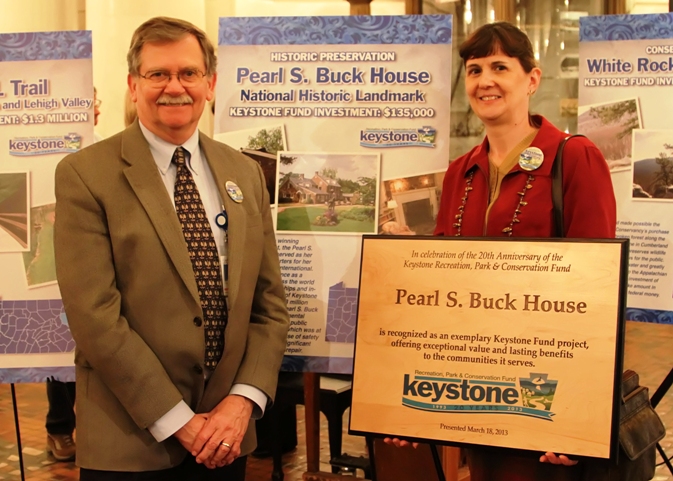
Keystone Fund Projects Receive Awards
 Since its creation in 1993, the Keystone Recreation, Park & Conservation Fund has supported thousands of projects in countless Pennsylvania communities, including more than 500 historic preservation projects. So, on March 18, 2013, on the occasion of the Fund’s 20th Anniversary, the Keystone Partners took a moment to pause and reflect on the Keystone Fund’s impact and honor some of its success stories. Gathered under the dome of the Pennsylvania State Capitol Building representatives from several nonprofit fund partners, current and former state legislators, and agency directors presented awards to projects from across the Commonwealth that exemplify the intent and impact of the Keystone Fund. Continue reading
Since its creation in 1993, the Keystone Recreation, Park & Conservation Fund has supported thousands of projects in countless Pennsylvania communities, including more than 500 historic preservation projects. So, on March 18, 2013, on the occasion of the Fund’s 20th Anniversary, the Keystone Partners took a moment to pause and reflect on the Keystone Fund’s impact and honor some of its success stories. Gathered under the dome of the Pennsylvania State Capitol Building representatives from several nonprofit fund partners, current and former state legislators, and agency directors presented awards to projects from across the Commonwealth that exemplify the intent and impact of the Keystone Fund. Continue reading
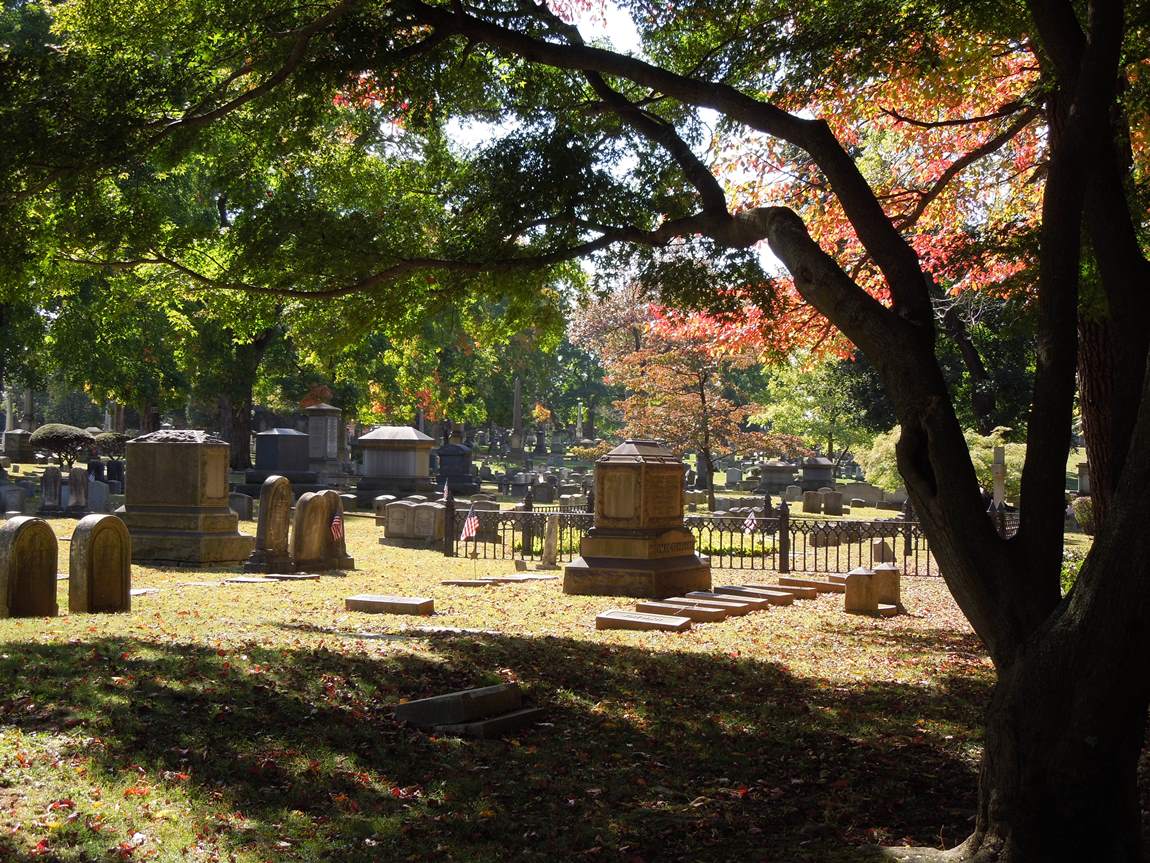
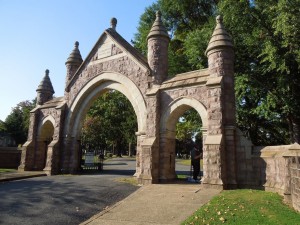
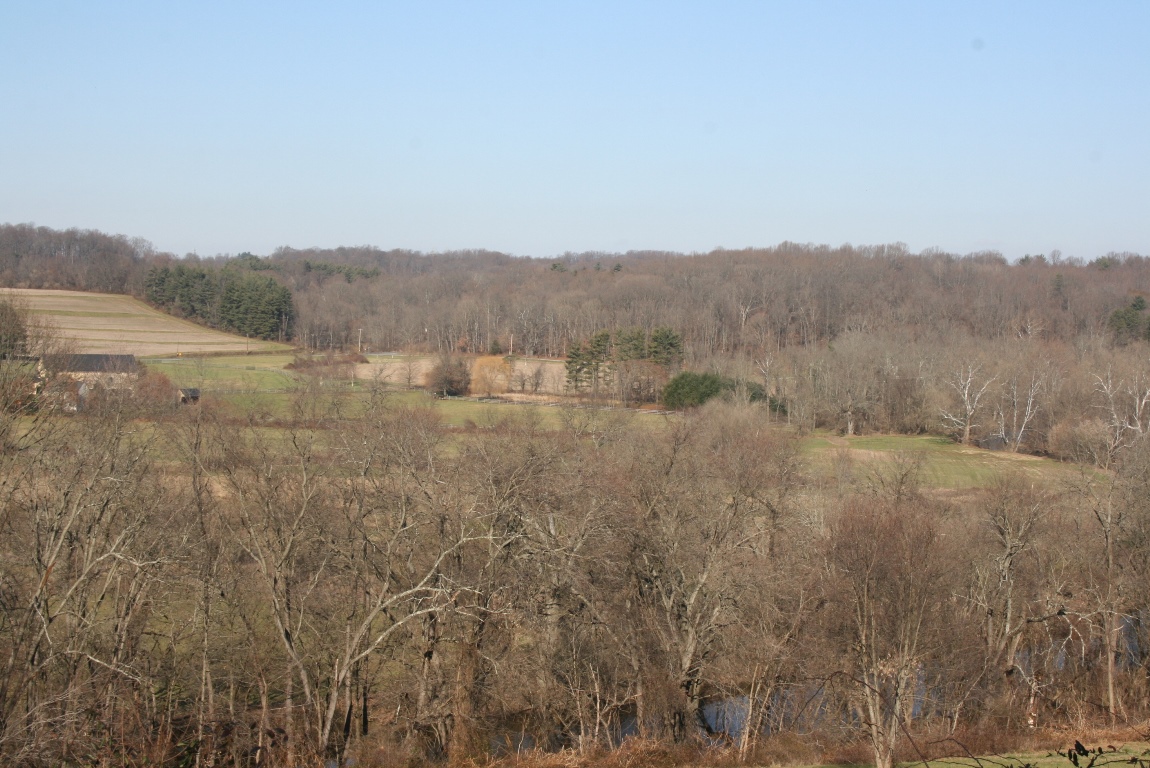
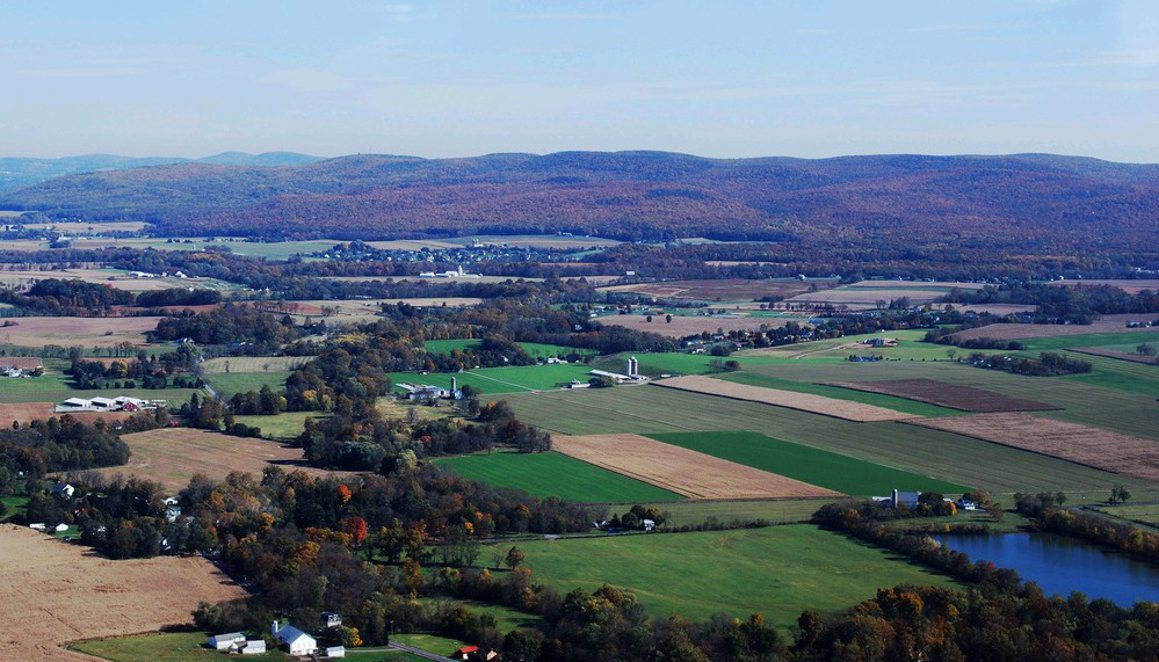
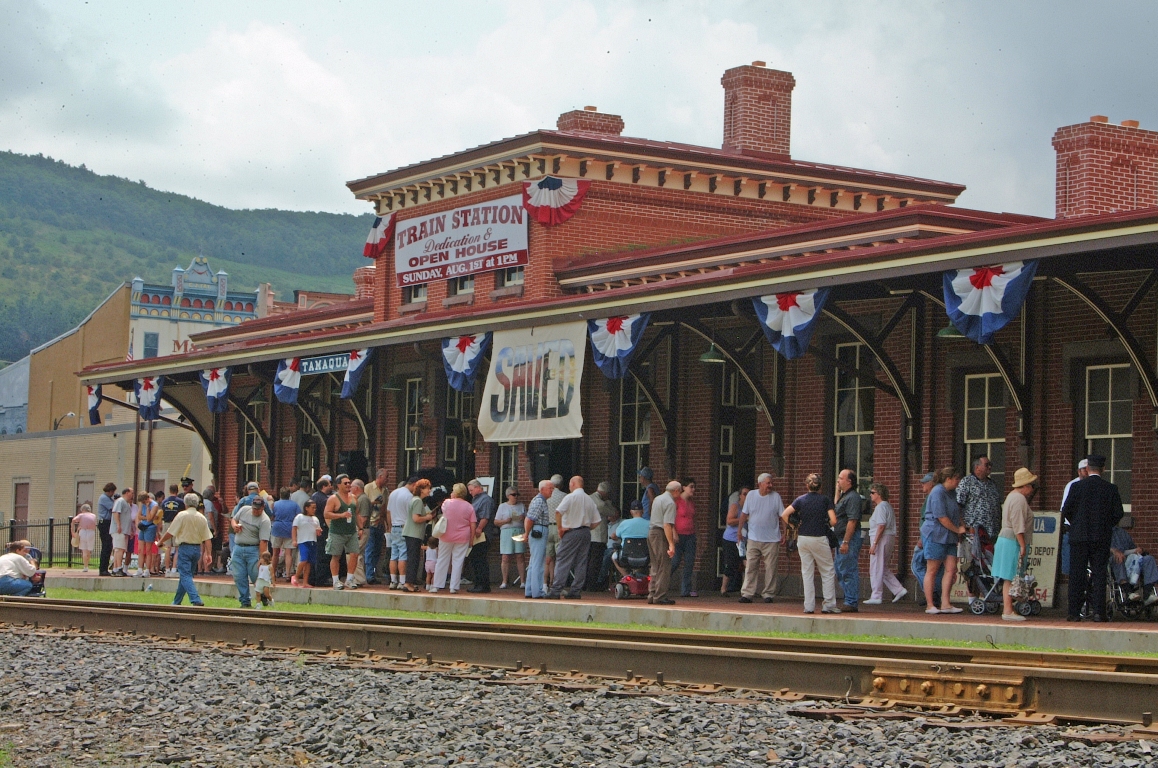

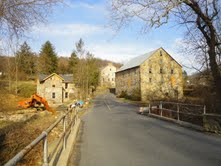
Recent Comments